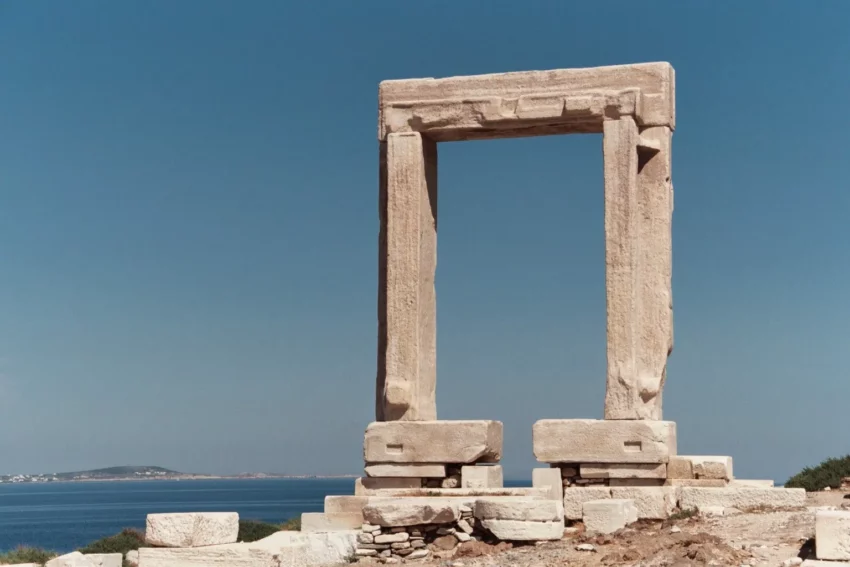Lygdamis of Naxos: Tyranny and Architectural Ambitions
Lygdamis, the notable tyrant of Naxos during the third quarter of the 6th century BC, remains a significant figure in the history of the Cycladic islands. His rule is marked by both political maneuvering and notable contributions to the architectural heritage of Naxos.
Get your dose of History via Email
Political Ascendancy and Rule
Originally a member of the oligarchy that governed Naxos, Lygdamis rose to prominence in 546 BC. His political ascent was closely tied to his support of Peisistratos, the Athenian tyrant. Lygdamis aided Peisistratos during his landing at Marathon, which facilitated the latter’s return to power in Athens. In gratitude, Peisistratos assisted Lygdamis in either becoming or reclaiming the position of tyrant on Naxos. Once in power, Lygdamis consolidated his rule through strategic exiles of potential rivals and extended his influence over neighboring islands, including Paros.
Military and Diplomatic Engagements
Lygdamis also engaged in the broader political and military dynamics of the region. He provided mercenary support to Polycrates of Samos, another powerful tyrant, aiding in campaigns against Miletus and Mytilene. This not only demonstrates the military capabilities of Naxos under his rule but also highlights the network of alliances and enmities that characterized the Eastern Mediterranean during this period.
Architectural Contributions
One of the most enduring legacies of Lygdamis is his ambitious architectural projects on Naxos. Around 530 BC, he initiated the construction of a grand Temple of Apollo. Although this temple was never completed, its remaining entrance, known as the Portara, is a prominent landmark on Naxos today. The Portara, a massive marble doorway, stands as a testament to the unfinished aspirations of Lygdamis’s rule.
Downfall and Legacy
The rule of Lygdamis came to an abrupt end in 524 BC when he was overthrown with the aid of a Spartan army. This intervention underscores the volatile nature of tyrannical rule in ancient Greece, where shifting alliances and external interventions could rapidly alter political fortunes. Following his overthrow, Naxos did not collapse but rather continued to prosper under a new oligarchic governance.
Conclusion
Lygdamis of Naxos exemplifies the complexities of tyrannical rule in ancient Greece. His tenure was marked by strategic political alliances, military engagements, and significant cultural contributions, particularly in the realm of architecture. The Portara remains a symbol of his ambitious rule and unfulfilled architectural plans, standing as a historical monument that continues to define the landscape of Naxos. His reign, though ultimately ended by external intervention, highlights the interplay of power, politics, and culture in the ancient Cycladic world.
Sources:

